Last updated on
Explore the key differences between monorail and cable lighting systems. Find the perfect solution for illuminating your kitchen space.
Are you looking for the perfect lighting system to brighten up your kitchen? With so many options available, it can be overwhelming to choose the right one. Two popular choices are monorail and cable lighting systems.
Both offer unique benefits and can enhance the look of your kitchen in different ways. In this article, we’ll dive into the differences between these two options and help you make an informed decision on which one is best for your home.
So, let’s shed some light on monorail vs. Cable lighting systems for kitchens!
Key takeaways:
- Monorail lighting provides focused illumination for specific areas.
- Cable lighting is easier to install and adjust.
- Consider kitchen design and layout before choosing a lighting system.
- Monorail offers more flexibility in design, while cable provides discreet placement options.
- Both systems offer energy-efficient LED options.
What's Inside
Monorail Lighting Overview

Monorail lighting systems are a popular choice for homeowners who want to add a touch of modernity and sophistication to their kitchen. These systems consist of a single rail that is suspended from the ceiling, allowing you to easily adjust the position and direction of each light fixture.
Monorail lighting offers flexibility in terms of design, as it can be customized according to your specific needs and preferences.
One advantage of monorail lighting is its ability to provide focused illumination on specific areas or objects in your kitchen. This makes it an ideal option for highlighting artwork or decorative elements such as countertops or backsplashes.
Another benefit is that monorail lights come in various styles, sizes, shapes, colors and finishes which allows you more freedom when choosing fixtures that match with your overall decor theme.
Cable Lighting Basics
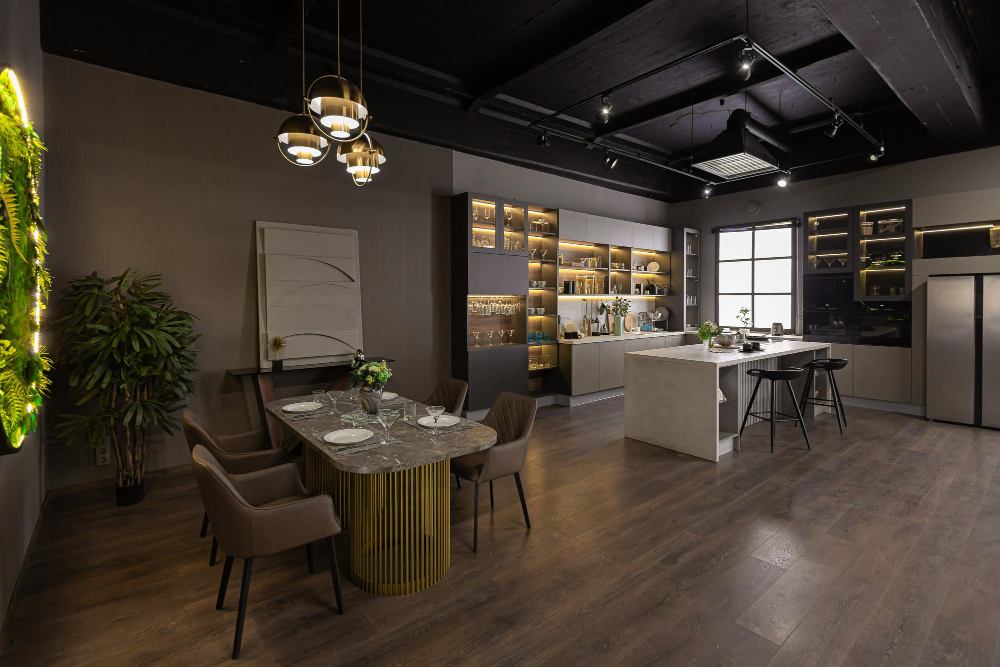
These systems consist of two parallel cables that run along the ceiling and hold the light fixtures in place. The cables can be adjusted and positioned in various ways, allowing you to create unique lighting designs that suit your needs.
One of the benefits of cable lighting is its flexibility. You can easily adjust the height, angle, and position of each fixture without having to move or reposition any wiring or electrical components.
This makes it easy to customize your kitchen’s illumination based on your specific needs.
Another advantage is that cable lighting doesn’t require any special tools or skills for installation – making it an ideal DIY project for those with basic handyman skills.
Kitchen Design Considerations
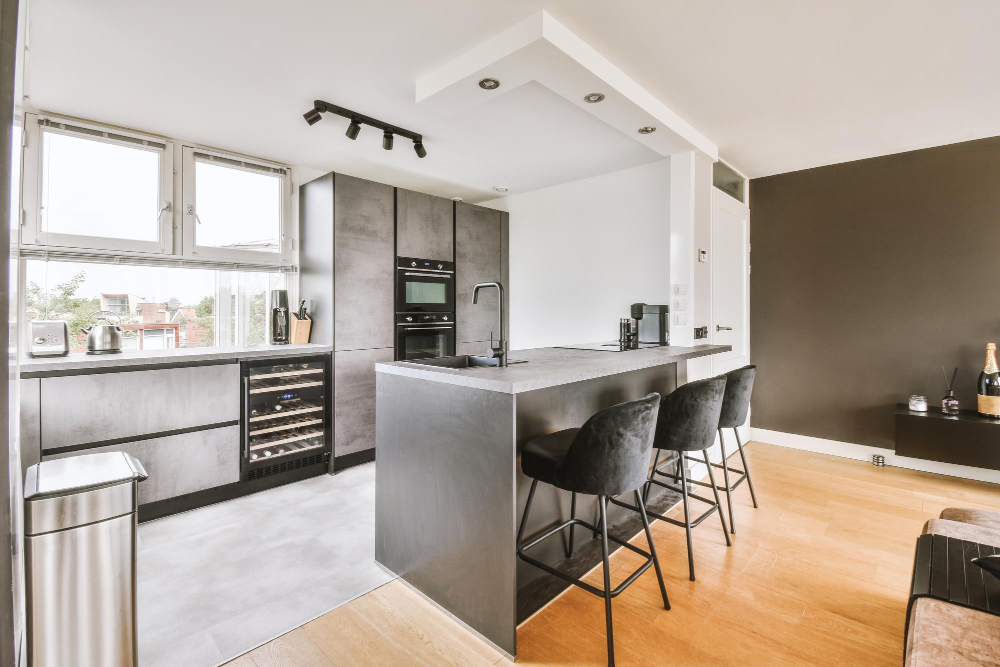
Before deciding on a monorail or cable lighting system, consider your kitchen’s design style and layout. For example, if you have high ceilings or an open floor plan with multiple work areas in the kitchen, a monorail system may be more suitable as it allows for greater flexibility in positioning light fixtures along its track.
On the other hand, if you have low ceilings or prefer a minimalist aesthetic with clean lines and simple shapes in your kitchen design scheme, then cable lighting might be better suited for you. Cable systems are sleeker than their bulkier counterparts and offer more discreet placement options.
Installation Process Comparison
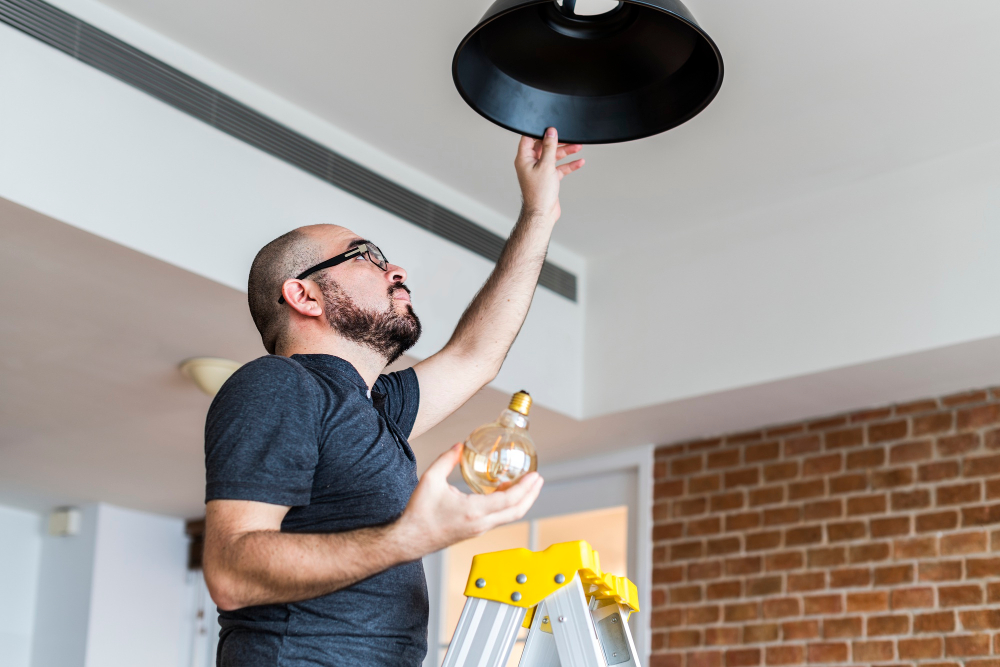
Monorail systems typically require more planning and preparation before installation due to their heavier weight and larger size. They are often installed by professionals who have experience with electrical work and carpentry.
On the other hand, cable lighting systems are generally easier to install because they are lightweight and flexible. They can be easily adjusted during installation without requiring any special tools or equipment.
It’s important to consider your own DIY skills when deciding which type of system is right for you. If you’re comfortable working with electricity and have some basic carpentry knowledge, then a monorail system may be a good option for you.
However, if this is your first time installing a light fixture or if you prefer an easy-to-install solution that doesn’t require much expertise, then cable lighting might be the way to go.
Light Fixture Options

Monorail lighting typically features sleek and modern designs that can add a touch of sophistication to any kitchen space. These fixtures are often adjustable, allowing you to direct light exactly where you need it most.
On the other hand, cable lighting systems tend to have more minimalist designs that blend seamlessly into any decor style. They also offer greater flexibility in terms of placement since they can be easily moved along the cables as needed.
Both types of systems come with various fixture options such as pendants, spotlights or directional lights which allow homeowners to customize their illumination according their specific needs and preferences.
Ultimately, when selecting light fixtures for your kitchen space consider factors like functionality (task vs ambient), aesthetics (style & design), energy efficiency ratings among others.
Flexibility and Customization
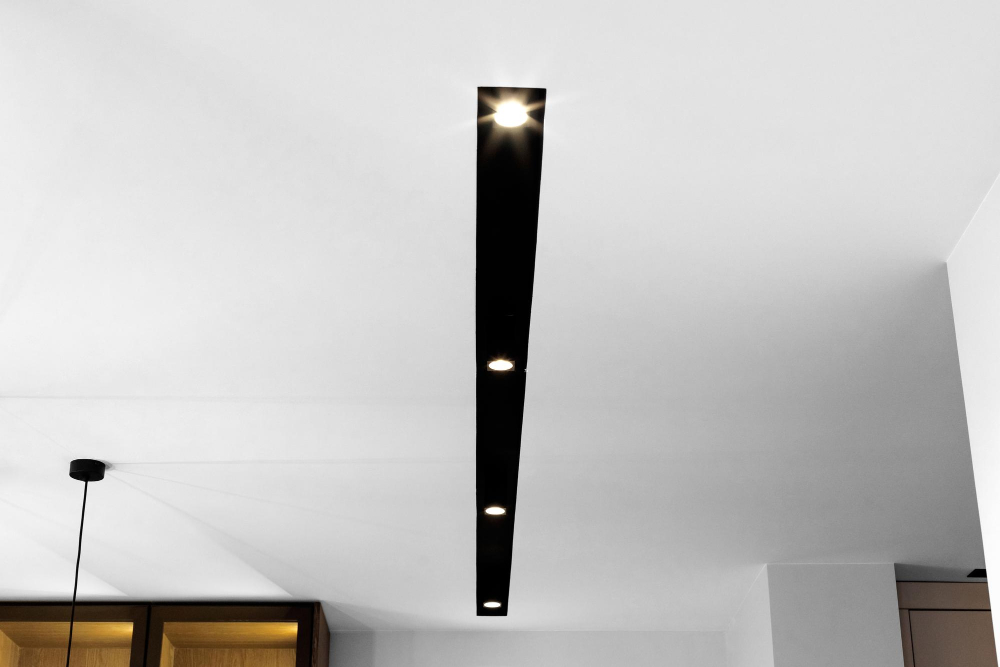
However, there are some differences between the two that may influence your decision.
Monorail lighting systems typically offer more flexibility in terms of design. They can be bent into various shapes and curves to fit any space or style preference.
This makes them ideal for kitchens with unique layouts or those looking for a modern aesthetic.
On the other hand, cable lighting systems are more straightforward in their design but still provide some level of customization through adjustable fixtures that can be moved along the cables as needed. This allows you to adjust the direction and intensity of light based on your needs.
Energy Efficiency Analysis
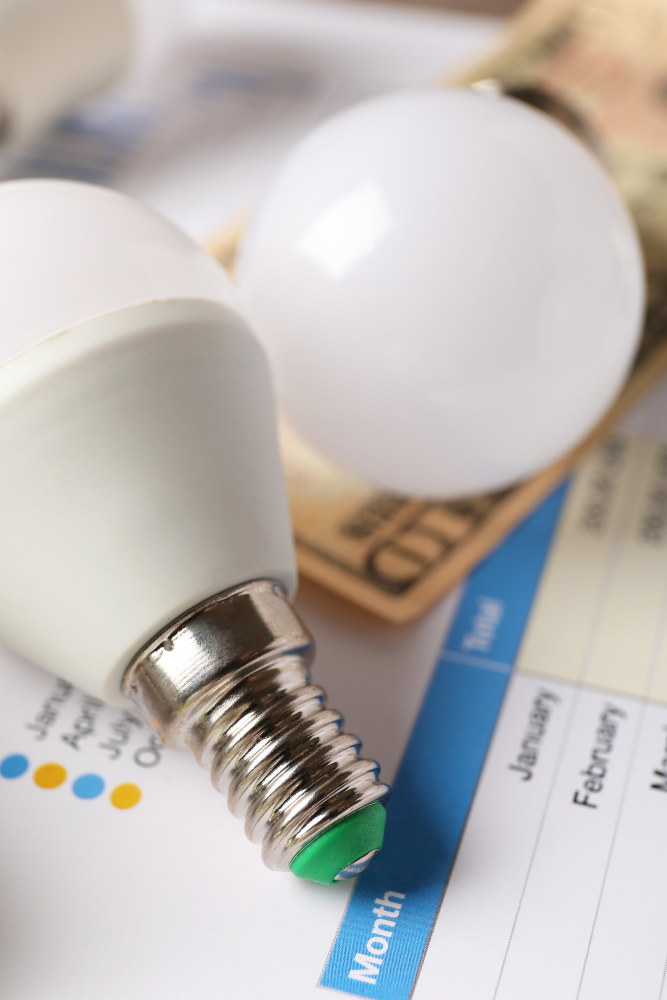
Both monorail and cable lighting systems offer LED options that can help reduce your energy consumption and lower your electricity bills. However, there are some differences in the way these two systems operate.
Monorail lighting typically uses low-voltage power sources which require transformers to convert standard household voltage into the required low voltage. This conversion process can result in some energy loss, but overall monorail systems tend to be more efficient than traditional track or rail-based fixtures.
On the other hand, cable lighting operates on line voltage which means that no transformer is needed for installation. While this may seem like a more straightforward option with less potential for energy loss during conversion processes, it’s worth noting that line-voltage fixtures often consume more power than their low-voltage counterparts.
Maintenance and Durability
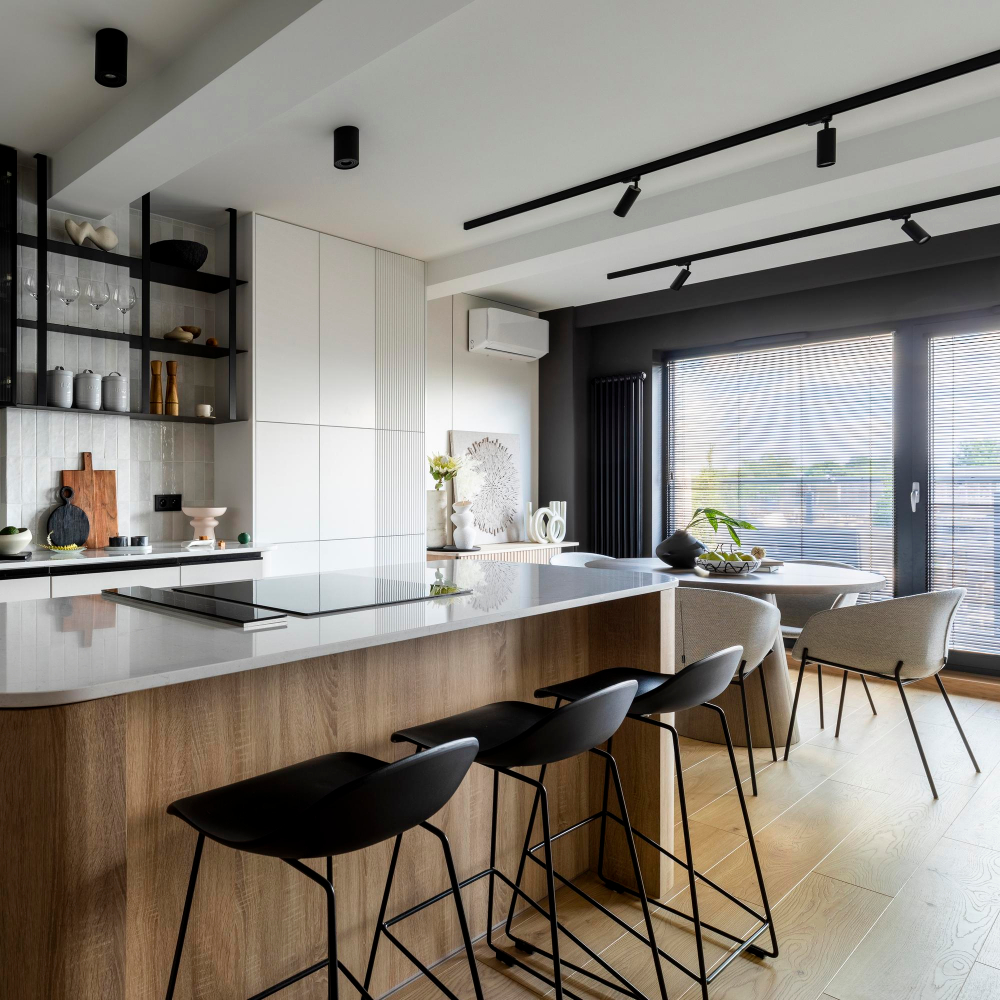
Monorail lighting systems require more upkeep than cable ones due to their intricate design. The tracks need regular cleaning, and the fixtures may need tightening or adjusting over time.
On the other hand, cable lighting is relatively low-maintenance since there are no tracks involved. However, cables can sag over time if they’re not installed correctly or if too much weight is added onto them.
Both monorail and cable lighting systems offer durable options that can withstand daily wear-and-tear in a kitchen environment. However, it’s essential to choose high-quality materials for your light fixtures so that they last longer without needing frequent replacements.
Cost Comparison

Monorail lighting tends to be more expensive than cable lighting due to its higher-end design and customization options. On the other hand, cable lighting is a more affordable option that still offers flexibility in terms of placement and fixture choices.
However, it’s worth noting that the overall cost will depend on various factors such as the size of your kitchen space, number of fixtures needed, installation costs (if you’re hiring a professional), energy efficiency ratings and maintenance requirements.
Ultimately, when deciding between monorail vs. Cable lighting systems for kitchens based on cost alone may not give you an accurate picture of which one would be best suited for your needs.
It’s essential also considering other factors like design preferences or energy efficiency before making a final decision about which system will work best in illuminating your kitchen space while staying within budget constraints.




